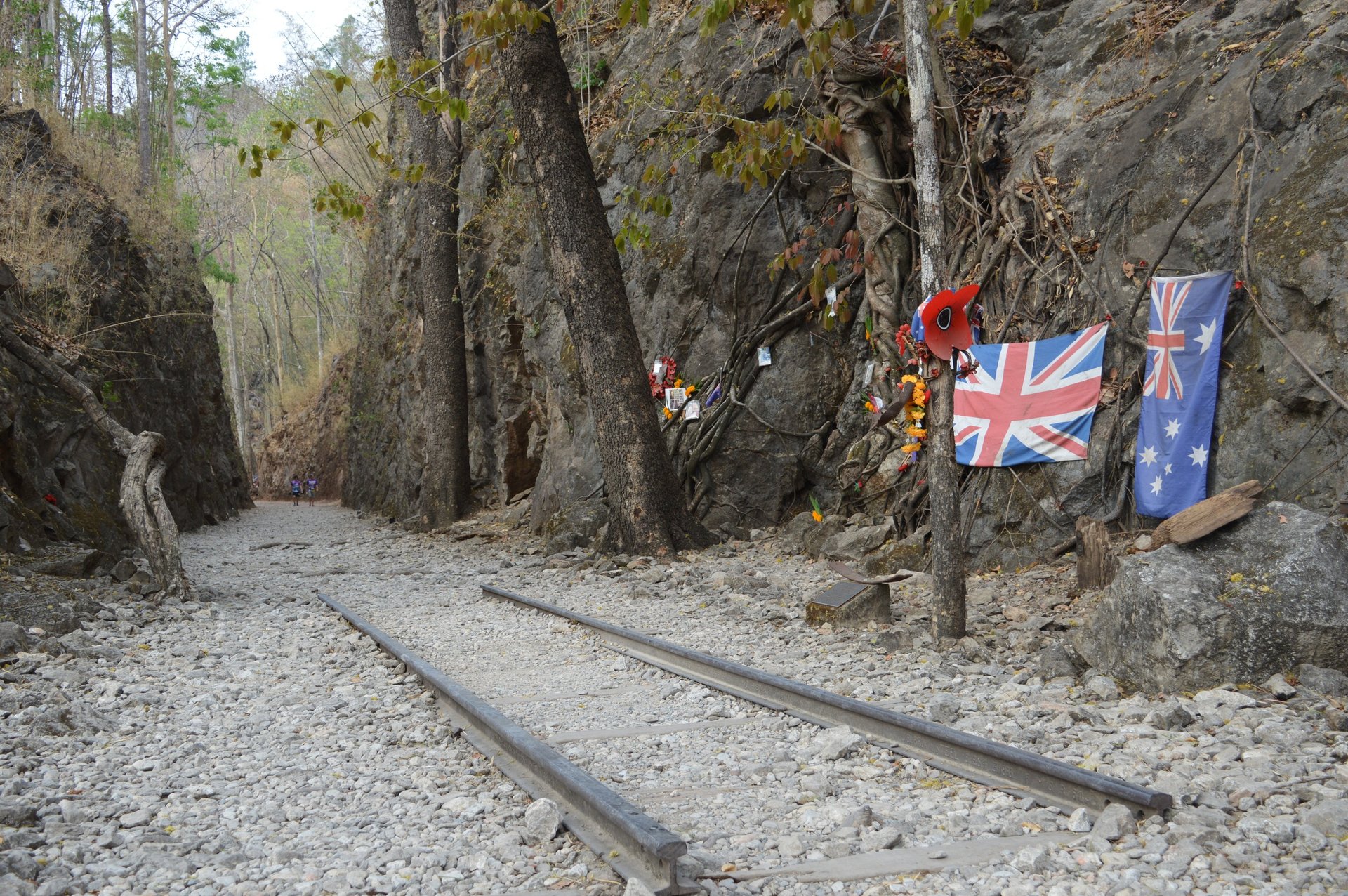
Echoes of the Past
You didn’t come this far to stop
Episode 13: Hellfire Pass Cutting - Echoes of the Past
In this episode, we delve deeper into the harrowing history of Hellfire Pass, focusing on the infamous Cutting that stands as a testament to the immense suffering and sacrifice of the prisoners of war who toiled under unimaginable conditions to construct the Burma-Siam Railway.
DUNLOPS RESEARCH TRIP 1INSIGHTS IN THEIR FOOTSTEPS BLOGWW2 HISTORY
Toursofwar.com
1/18/20244 min read
The Cutting at Hellfire Pass
The Hellfire Pass Cutting, also known as the Konyu Cutting, is a 500-meter stretch of the railway that stands as a haunting reminder of the horrors endured by the prisoners of war. The cutting earned its chilling nickname from the eerie sight of the emaciated prisoners working through the night under the flickering torchlight, a scene that resembled Dante's Inferno.
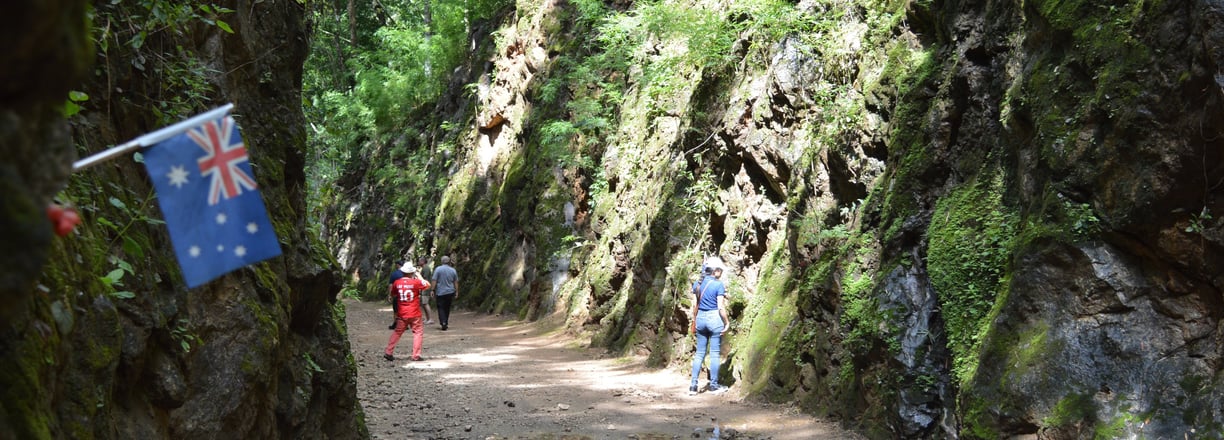

Remnants of the Past
As you walk through the cutting today, the imposing walls of rock still bear witness to the immense effort and suffering that went into its construction. Drill holes can be seen dotting the rock face, with rusting drill rods still protruding from the day they were hammered into the stone. These remnants serve as a poignant reminder of the primitive tools and backbreaking labor that went into carving this passage through the unyielding rock.
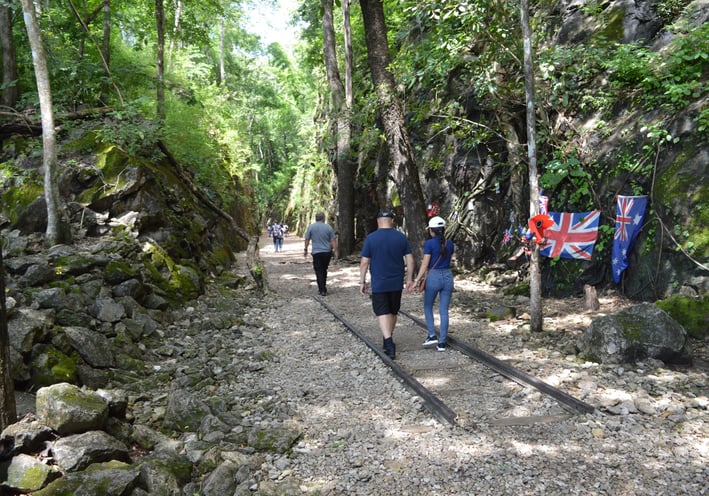

The Memorial Site
t the end of the Hellfire Pass Cutting, a memorial site stands as a solemn tribute to those who lost their lives during the construction of the railway. The site features a series of plaques and monuments that honor the memory of the prisoners of war and the Asian civilian laborers who perished in the face of unimaginable hardship.This is where the annual Anzac Day services are held, with over 1,000 people attending to pay their respects to the fallen. The memorial site is a powerful reminder of the sacrifices made by those who suffered and died during the construction of the Burma-Siam Railway.
This is where the annual Anzac Day services are held, with over 1,000 people attending to pay their respects to the fallen. The memorial site is a powerful reminder of the sacrifices made by those who suffered and died during the construction of the Burma-Siam Railway.
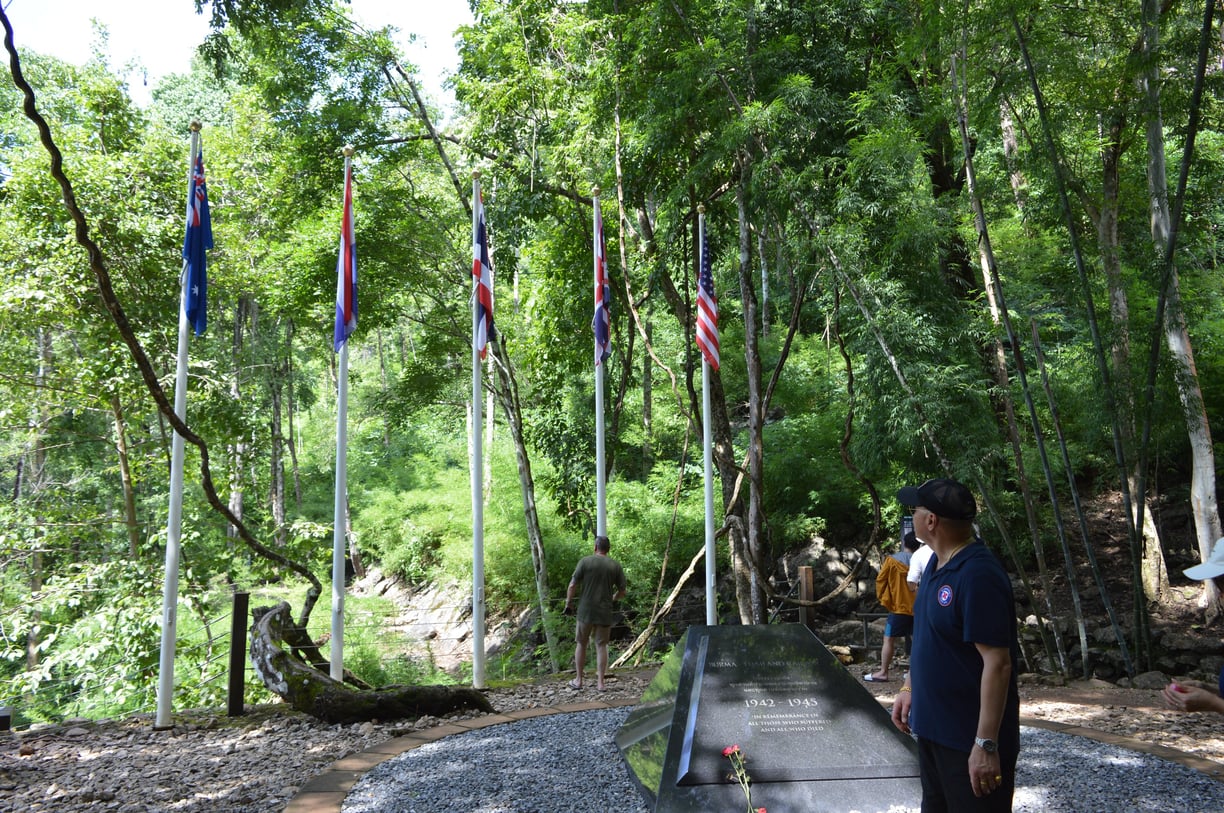

Interesting Facts
Interesting Facts about Hellfire Pass
The Hellfire Pass Cutting was the largest rock cutting on the entire railway, measuring 75 meters long and 25 meters deep.
The cutting was chosen over a tunnel because it could be worked on simultaneously from multiple points, despite the increased effort required from the prisoners.
Prisoners were forced to work 18 hours a day to complete the cutting, with 69 men beaten to death by Japanese guards in the six weeks it took to finish.
Many more died from cholera, dysentery, starvation, and exhaustion, with the majority of deaths occurring among the Asian civilian laborers who were enticed to work on the railway with false promises of good job


How & Why?
Why Was It Called Hellfire Pass?
Hellfire Pass earned its name from the eerie sight of the emaciated prisoners working through the night under the flickering torchlight, a scene that resembled a vision of hell.The pass was lit by oil lamps and bamboo fires, casting an otherworldly glow on the exhausted and malnourished prisoners as they toiled away at the rock face.The noise of the drilling and the shuffling of hundreds of prisoners added to the hellish atmosphere, creating a scene that was both horrific and unforgettable.The name "Hellfire Pass" has become a powerful symbol of the suffering and resilience of those who were forced to work on the Burma-Siam Railway during World War II.
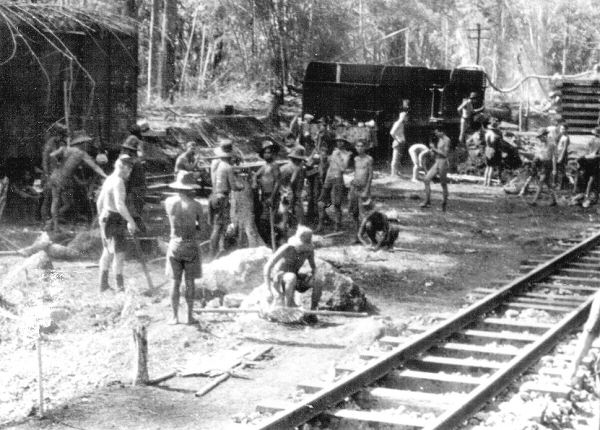

How the POWs Survived Hellfire Pass
Despite the harsh conditions and high mortality rate, the prisoners of war found ways to support each other and maintain their humanity. They formed close-knit groups, shared what little food and water they had, and looked out for one another in the face of unimaginable adversity.The prisoners also found solace in small acts of defiance, such as singing songs or telling stories to lift their spirits and maintain a sense of hope.These acts of resilience and camaraderie helped the prisoners to endure the horrors of Hellfire Pass and to keep their dignity in the face of overwhelming hardship.
Conclusion
The Hellfire Pass Cutting stands as a haunting reminder of the immense sacrifices made by prisoners of war and Asian civilian laborers during the construction of the Burma-Siam Railway. The remnants of the cutting, the memorial site, and the annual Anzac Day services all serve to honor the memory of those who lost their lives in the face of unimaginable hardship. Through their resilience and camaraderie, the prisoners of war were able to maintain their humanity in the face of overwhelming adversity, and their story continues to inspire and educate generations to come.
